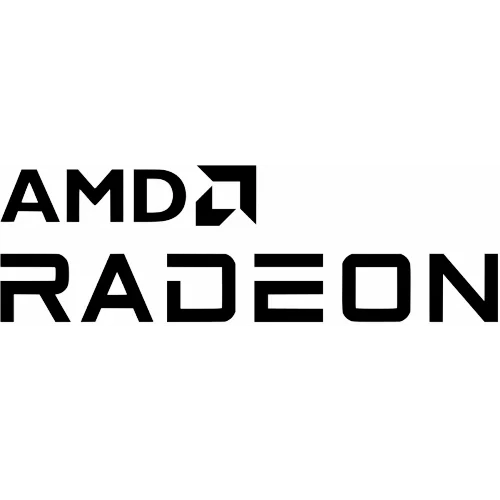AMD FidelityFX Super Resolution 3 "FSR 3" Will Be Open-Source

Public details on AMD FidelityFX Super Resolution 3 have been light so far, but AMD's press team just sent over a message to sum up their highlights from this week's Game Developers Conference (GDC). On the matter of the next-generation FSR they commented:
AMD FidelityFX Super Resolution (FSR) 3 – AMD provided a first look at how FSR 3, the next generation of AMD’s upscaling technology currently in development, will combine the super resolution upscaling technology of FSR 2, decades of AMD R&D and innovation, and new AMD Fluid Motion Frames interpolation technology to help deliver up to a 2x framerate boost in supported games.
FSR 3 will be available to developers under an open-source MIT license to provide optimal integration and flexibility.
Up to a 2x frame-rate boost is certainly exciting while the last sentence is interesting: we're glad to see them continuing to promote their open-source contributions as well as making known ahead of time that FSR 3 will be open-source.
FSR 2 is open-source under the MIT license right now; you can find their open-source FidelityFX Super Resolution code via this GitHub repository. So it's not entirely a surprise that FSR 3 will also be open-source under an MIT license... But nice of them to confirm it ahead of time and no change of course like we've seen with some companies taking their open-source software closed once enjoying success.
Aside from confirming FSR 3 will be open-source with an MIT license, there isn't any other FidelityFX Super Resolution updates to share at this time besides that it remains under development.
Meanwhile NVIDIA's DLSS has a GitHub repository but that SDK is wrapping around binary-only libraries for Windows and Linux... The actual DLSS implementation is closed-source. Intel's XeSS was also talked about as being "open" but so far it's relying on binary-only components. The Intel XeSS repository has those binary libraries and then just the open integration bits. So for now at least, AMD's FSR wins hands-down when it comes to being actually open-source.
33 Comments

